
News writer; Opinion columnist
From lucky numbers to lucky stores, everyone has a system for how they're going to win the lottery. However, a certain group of criminals believes that if you can't win a lottery jackpot, you can steal one.
Some thieves will take scratch-off tickets from a gas station counter and hope to cash them in for a few bucks. Others with more ambition will engage in complex schemes to evade taxes or hide their wealth and save a few hundred thousand.
However, one group of employees at the Mexican lottery devised a more ambitious plan that would enable them to steal a multi-million-dollar lottery jackpot while the entire country was watching. They created a plan as ambitious as anything you'd see in an Ocean's 11 movie and almost pulled off the lottery heist of the century before their entire plot unraveled.
What follows is the true story of the biggest heist in the history of the Mexican lottery.
Melate y Revancha
Melate y Revancha is a Mexican lottery draw game similar to Powerball or Mega Millions. Players must choose six numbers between one and fifty-six. In the first drawing (the Melate), seven balls are selected, including five 'natural' numbers and one 'additional' number.
Tickets cost just 15 pesos, equivalent to 79 cents. The jackpot starts at 30 million MXN, equivalent to approximately $1.5 million. If the drawing has no winner, the jackpot rolls over to the next drawing. For an additional fee, players can add a Revancha drawing to their Melate ticket. In the Revancha drawing, a second round of numbers is selected, giving players another chance to win using the numbers on their Melate ticket. Players have the option to add two Revancha drawings to their Melate ticket.
Drawings happen twice a week, and all three drawings happen immediately, one after the other. The numbers are selected on a live national broadcast and read aloud by a hostess.
Just marketing
The Mexican National Lottery is run by a government organization known as Pronósticos para la Asistencia Pública (Forecasts for Public Assistance), commonly referred to as Pronósticos. In 2011, Pronósticos paid the company Just Marketing 20 million pesos (approximately $1 million) to produce the live broadcast of the Melate y Revancha drawing.
The shows all went off without a hitch until 2011, when the organization underwent a major leadership change. Blanco Tato, the head of Pronósticos, was relieved of his duties and replaced by Jesús Villalobos, the former director of the Institute of Security and Social Services for State Workers (ISSSTE) and a close personal ally of then-Mexican President Felipe Calderón.
Villalobos immediately set to making major changes and fired most of the organization's senior employees, leaving himself in charge with very little oversight. By all accounts, Villalobos was more concerned with the prestige and privilege of his position than the day-to-day functions of the lottery, and he was largely uninvolved with its operations.
This left mid- and low-level employees in charge of administering a lottery that routinely paid out prizes worth millions of dollars. It was in this leadership void that a scheme emerged to steal a lottery jackpot.
The heist
The plot allegedly began with the executives from Just Marketing, who were responsible for producing the drawing broadcast. They realized that if they knew the numbers before they were announced, they could purchase tickets with the winning numbers ahead of time and collect the jackpot.
The question they had to figure out was how to get the numbers before they're drawn and announced on a live broadcast. They solved the problem when they realized they could pre-tape the drawing and incorporate it into the live broadcast.
However, they couldn't pull it off by themselves. They would need the cooperation of several Pronósticos employees as well as Sara Solórzano, a model and the show's host, who announced the winning numbers.
Eventually, the conspiracy grew to include seven people, comprising two employees of Just Marketing, four officials from Pronósticos, and Solórzano. When the January 22, 2012, jackpot grew to 160 million MXD (approximately $8 million), they knew it was time to act.
The live broadcast typically occurred at 10 PM. So, at 5 PM on January 22, they filmed the drawing and staged it exactly like the live drawing in a room behind the normal recording studio. Then, once they knew the winning numbers, they shared the information with their family members, who purchased lottery tickets with the same numbers for both drawings.
The winning numbers were 06, 12, 15, 24, 25, and 49, and 09, 20, 36, 51, 53, and 54.
Next came the trickiest part of the entire conspiracy. The group had to incorporate the pre-taped drawing into the parts of the show that would still be broadcast live. The production crew running the show was in on the conspiracy, and they were able to insert the footage without anyone noticing. Solórzano then announced numbers that had been selected five hours earlier.
The comptroller for the Ministry of the Interior is supposed to observe every drawing to ensure its integrity, but in this case, she chose to watch a remote feed from her office rather than be present in the studio. When the drawing was complete on TV, she certified it as legitimate.
The catch
Once the drawing was certified, the conspirators believed they were in the clear and immediately set out to cash their tickets. They collected a major haul because they purchased tickets with the winning numbers for all three drawings.
However, there was one person who quickly picked up that something about the January 22 drawing wasn't quite right. Annie Castillo, the Technical and Legal Coordinator of Pronósticos, realized something strange was happening.
Castillo was responsible for processing all of the winning tickets, and she noticed that all of the winners from the drawing were family members of Just Marketing and Pronósticos. And if that wasn't obvious enough, there was an even bigger alarm bell ringing; the Just Marketing executives who were part of the conspiracy stopped coming to work the day after the drawing.
She passed her suspicions along to the proper authorities, and in March of that year, the Attorney General's Office launched an investigation into the January 22 drawing. Their first step was to study a video of the broadcast. Technical experts identified certain glitches and lags that would not have been noticeable to viewers at home. However, a close examination revealed where the pre-taped video had been spliced into the live broadcast.
Once they realized something nefarious had happened, they had to track down the people responsible. They discovered when the recording was made and then traced the tickets that were sold after the pre-tape but before the official sales cutoff. This information helped them link the winners to their family members who worked for the lottery.
Prosecutors immediately froze the bank accounts of the Just Marketing executives and four Pronósticos employees who were suspected of engineering the win. Next, they issued warrants and were able to recover most of the stolen money from their accounts.
From there, the investigation proceeded slowly, and it was only several years after the rigged drawing that prosecutors arrested those involved. In total, twelve people were charged for their involvement with the drawing, including José Luis Jiménez, Pronósticos lottery director, Héctor Hugo López Jiménez, the deputy director of sports gambling, Carlos Alberto López Martínez, a production aide for the lottery drawings, Sara Solórzano, the show's host, and Just Marketing executives José Ibarra and Ramón Sánchez.
Interestingly, while the conspirators were arrested, prosecutors did not aggressively pursue the charges against them, and the case lingered on for several years without ever going to trial.
José Luis Jiménez, who was widely considered the plan's mastermind, died in 2023 without ever facing charges. Hugo López Jiménez spent several months in jail after his arrest but was released on bail.
As the case dragged on and the years passed, the remaining conspirators filed a motion in 2022 to have the warrants against them dismissed, as the statute of limitations on their charges had expired. The courts agreed, and the warrants against the remaining participants were all dismissed.
While most of the stolen money was returned, it is unclear why prosecutors did not pursue the case against the conspirators more aggressively.
The aftermath
In the wake of the scandal, the government promised to make significant improvements to its security procedures for all future lottery drawings. Korina Velázquez, IT director at Pronósticos, told reporters that more witnesses would be present for every drawing:
Now, in addition to a representative from the Ministry of the Interior, there's also a representative from Pronósticos and someone in charge of overseeing the IT department for each draw.
Additionally, the lottery added QR codes to tickets, automated the draw sales closing time process, and implemented more internal quality control protocols.
Velázquez added that since 2012, a camera has constantly recorded the space where the drawing occurs, and additional technological innovations have allowed them to make the entire process more transparent and easier to monitor.
Whether these new regulations prevent another scandal or just force criminals to grow more creative remains to be seen.
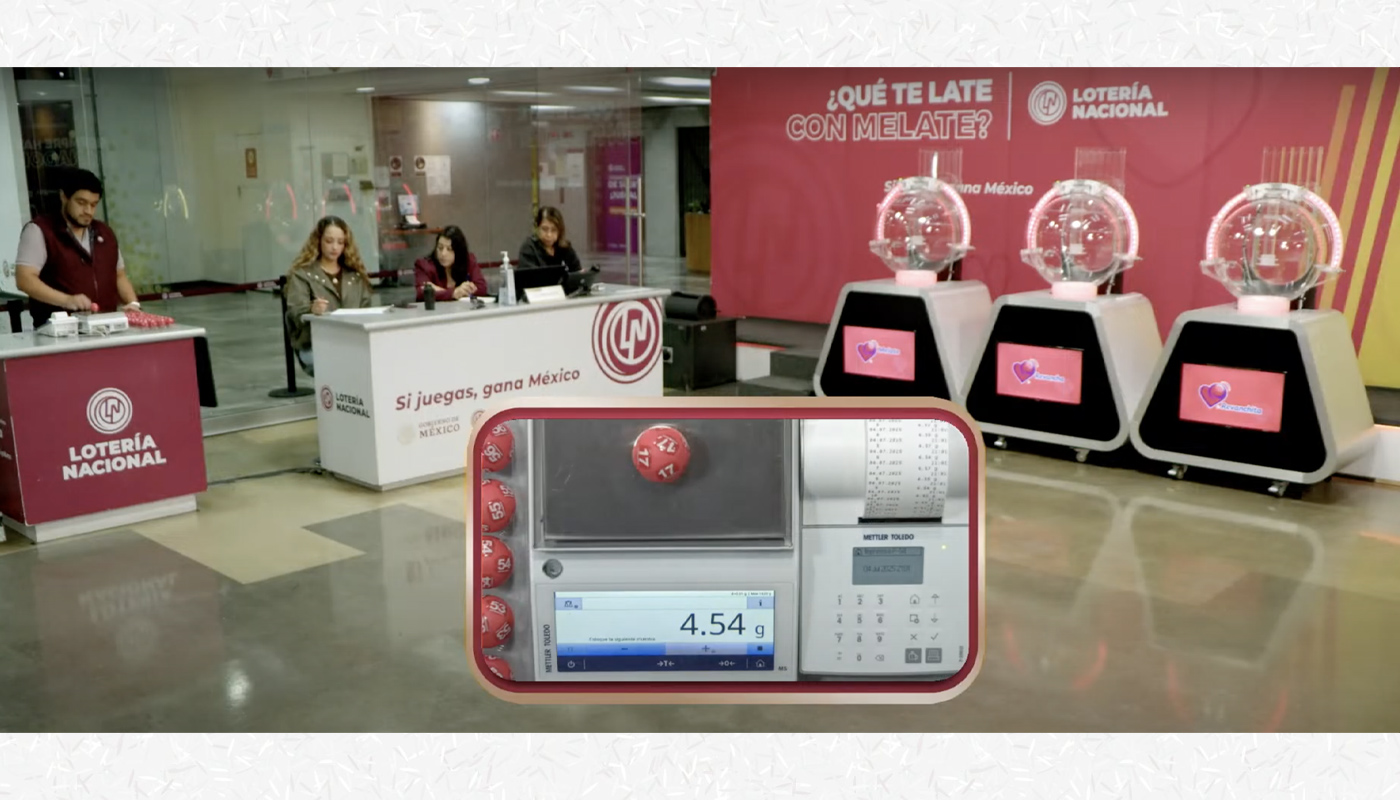


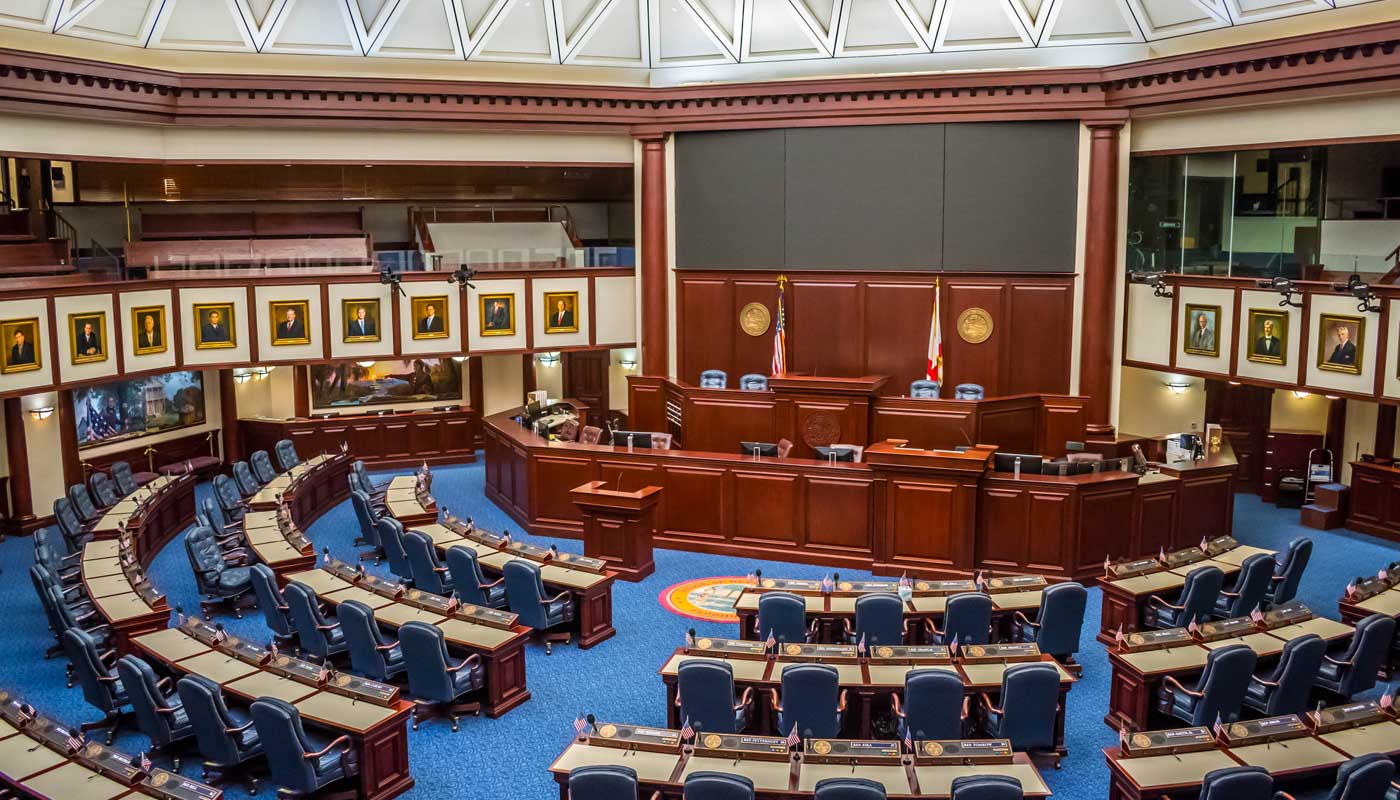

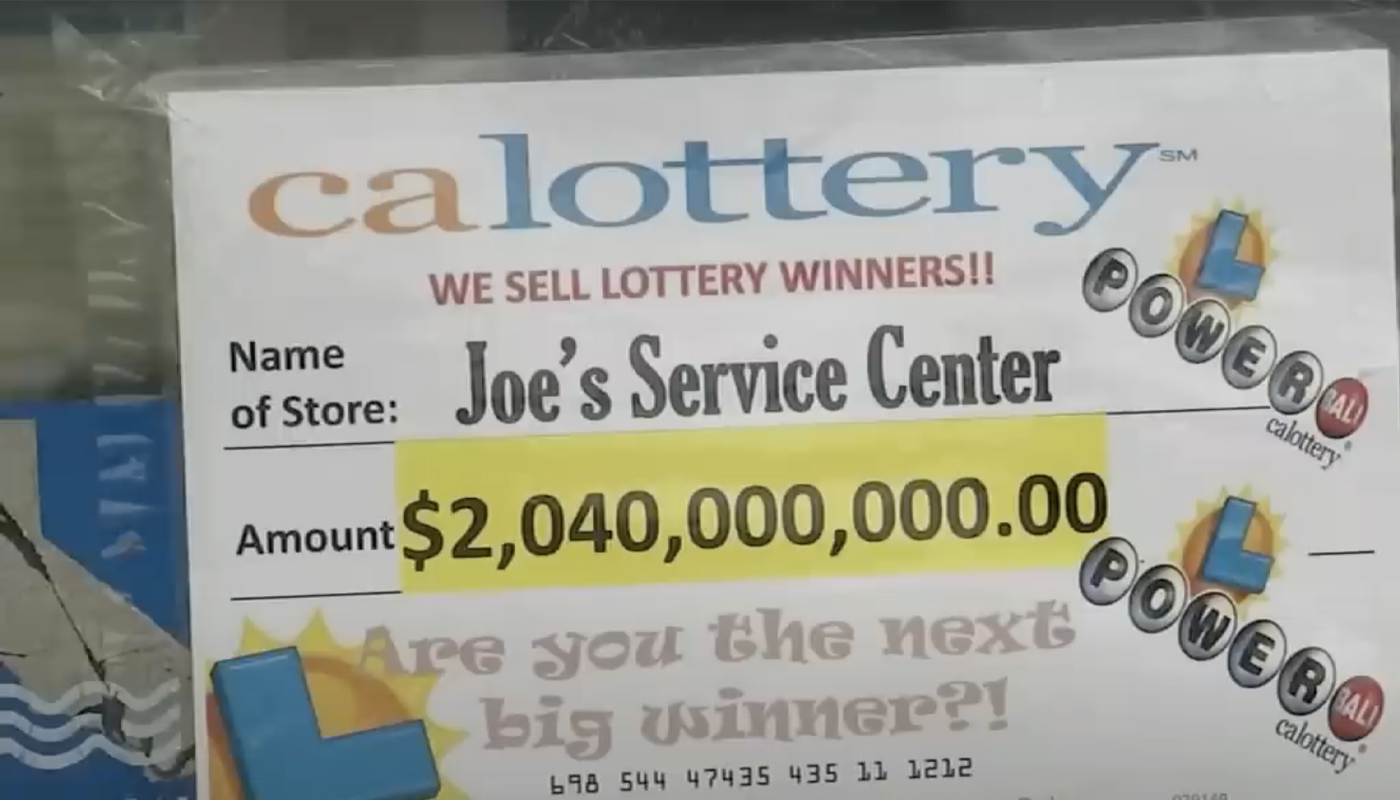
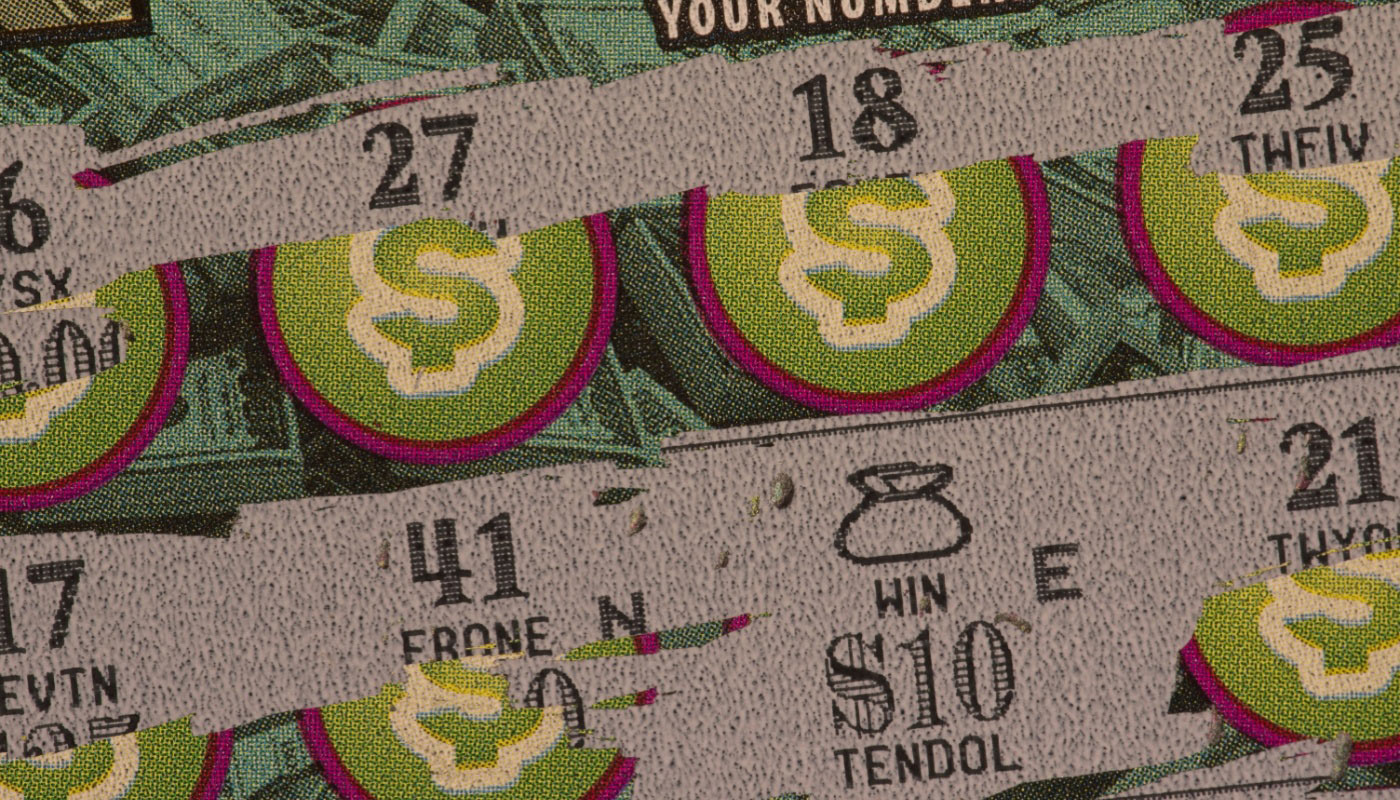

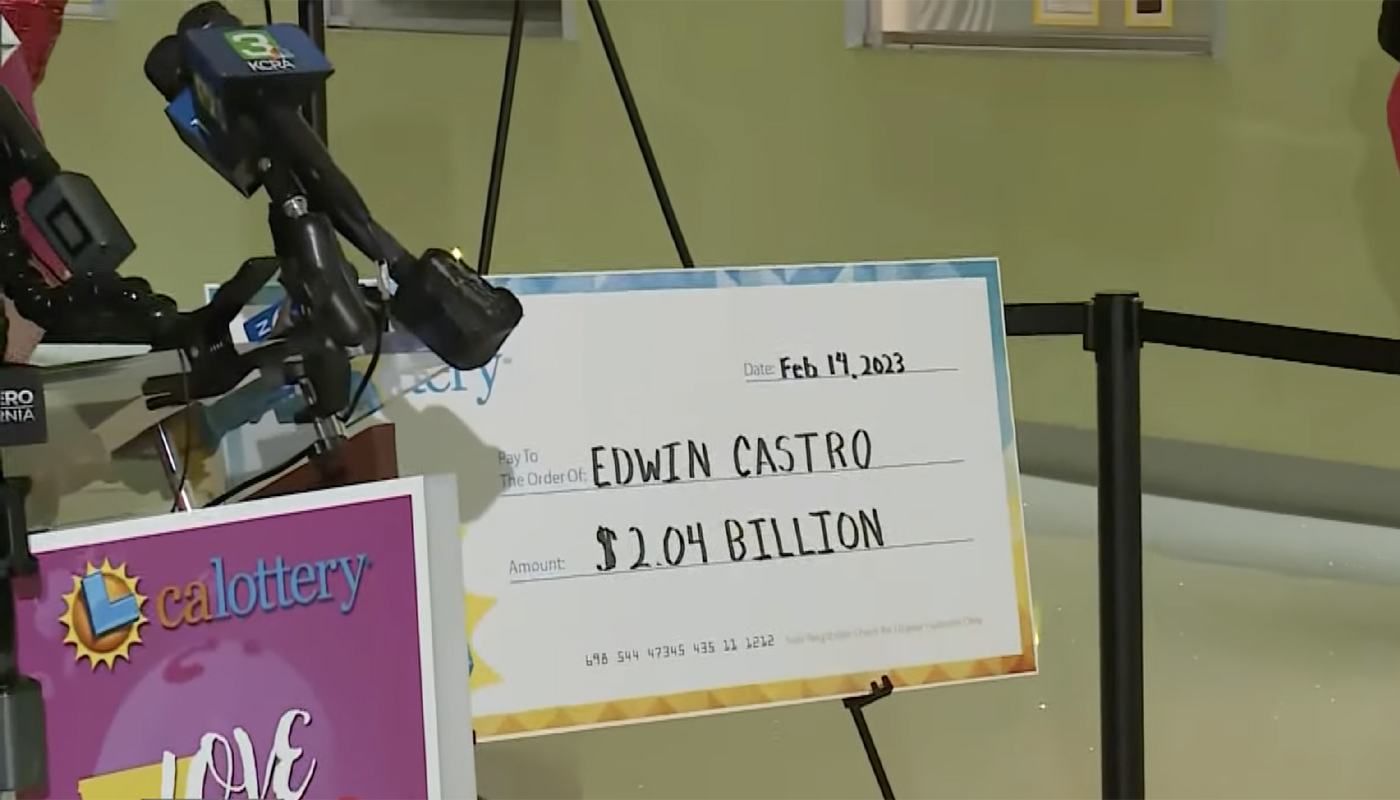









Comments